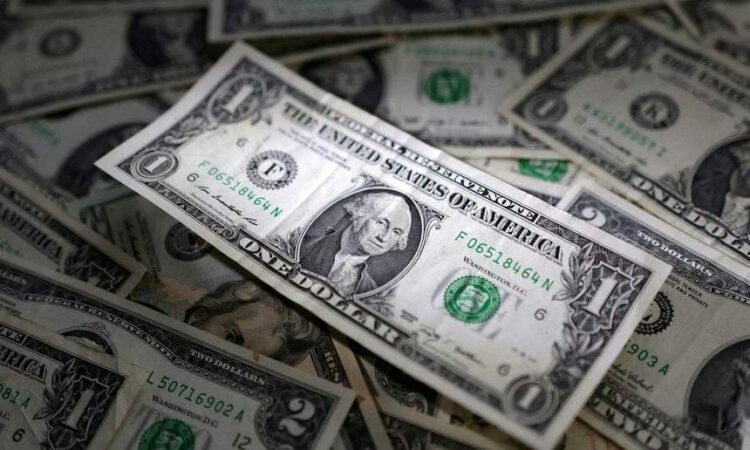
KUALA LUMPUR – Malaysia’s proposal to reduce its dependency on the US dollar for trade is unlikely to gain traction among businesses in the country, say analysts, with key industries viewing the greenback as less volatile compared with alternative currencies.
The proposal, mooted by Prime Minister Anwar Ibrahim after his official visit to China in end-March, echoes similar calls made by a growing number of countries including China, Russia and India.
Around 80 per cent of Malaysia’s annual trade, totalling RM2.8 trillion (S$840 billion) in 2022, is denominated in US dollars. But Malaysia’s trade with the United States, its third-largest trading partner, amounts to only RM267.5 billion, representing 9.4 per cent of total trade.
China remained Malaysia’s largest trading partner in 2022, accounting for 17.1 per cent of Malaysia’s total trade. Singapore ranked second, with trade amounting to RM368.2 billion in 2022, according to data from Malaysia’s Ministry of Investment, Trade and Industry.
India, a major importer of Malaysia’s palm oil, conducted US$19.4 billion (S$25.9 billion) worth of trade with Malaysia in 2022.
Since April, Malaysia has been able to settle international trade with India using the rupee, while its central bank, Bank Negara, is proposing a similar mechanism for payments to China in renminbi.
If businesses are ready to trade fully in foreign currencies such as Chinese renminbi and Indian rupee, Malaysia’s proportion of US dollar invoicing could fall by up to a fifth, said Maybank chief forex strategist Saktiandi Supaat.
“Hypothetically, it would be possible that Malaysia could see a reduction in US dollar-dominated trade by up to 20 per cent, if trade invoicing and settlement trades move to local or non-US dollar,” he told The Straits Times.
However, businesses in key export industries such as palm oil, petroleum and electrical and electronics (E&E) are hesitant to support the de-dollarisation push.
Sime Darby Plantation, the largest oil palm plantation company in Malaysia, said its buyers prefer to purchase palm oil products in US dollars as commodities are still mostly traded in the greenback.
“The company also does not have any bilateral agreements with other countries to trade palm oil in different currencies,” the company told ST.
Businesses in the E&E sector are also unlikely to move away from the US dollar, which continues to dominate the industry, said Malaysia Semiconductor Industry Association president Wong Siew Hai.
“The adage still applies – when the US sneezes, the world will catch a cold. It will take time for the non-US dollar financial systems to catch up and be used on a widespread basis similar to the US dollar,” he added.
Mr Tahir Bukhary, an investor in the oil and gas industry, said businesses would prefer to trade crude oil in the greenback until the Organisation of Petroleum Exporting Countries and its allies decide to sell crude oil in alternative currencies.



